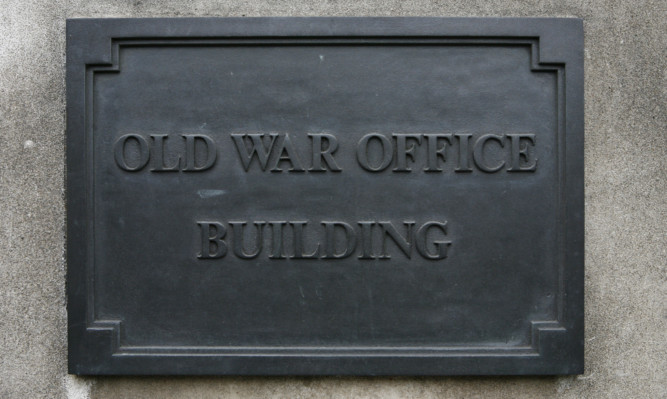The Ministry of Defence is to sell one of its historic Whitehall buildings as part of a money-saving drive.
The Old War Office Building, where military planning took place for conflicts including both World Wars and the Cold War, will be sold on the open market, the MoD said.
It is hoped that the building, which housed figures including Sir Winston Churchill, could fetch £100 million.
In a move expected to save taxpayers around £8 million a year in running costs, its sale will see MoD staff move into the department’s main building in 2014.
Defence Secretary Philip Hammond said: “As a result of our work to make the MoD leaner, more professional and more efficient, we are able to concentrate defence officials in London in a single building and sell the Old War Office.
“Bringing MoD teams together into one building will save the taxpayer around £8 million a year in running costs as well as generating a capital receipt. It will also enable closer working and collaboration within the department.”
Money raised by the sale of the Old War Office Building, as well as the sale of a former London Underground station, used as a Second World War anti-Luftwaffe command centre in Old Brompton Road, will be invested back into defence “priorities”, the MoD said.
Built in 1902, the Old War Office housed secretaries of state including Lord Haldane, Lord Kitchener, David Lloyd-George and Churchill.
